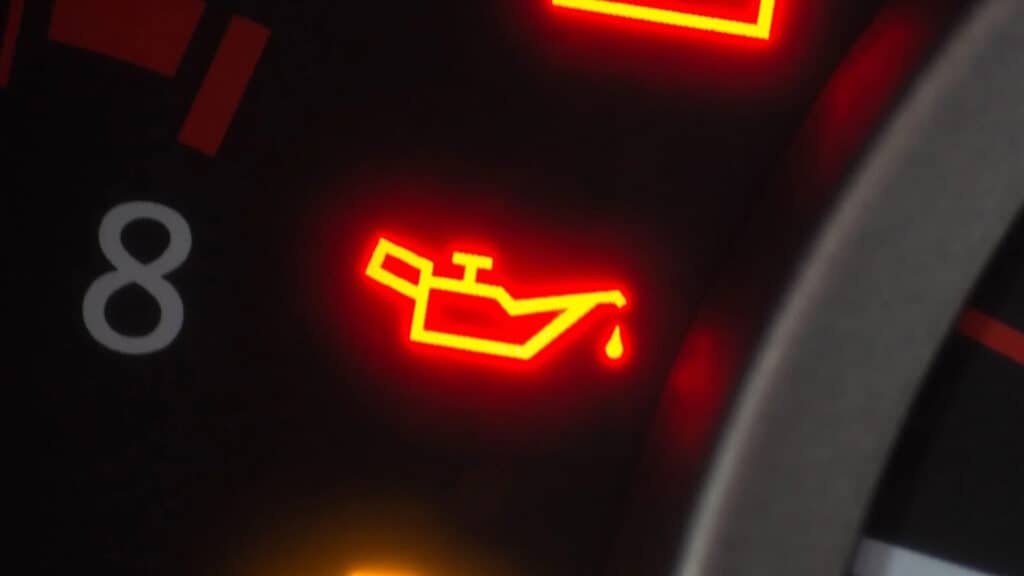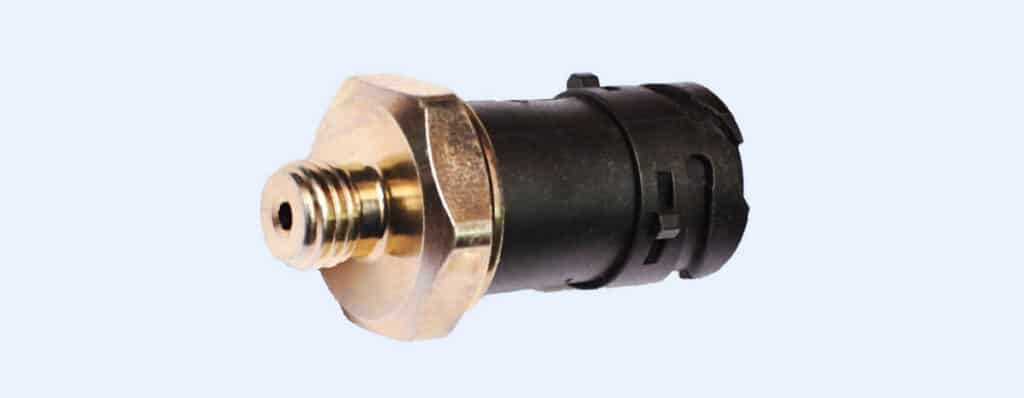Introduction
Oil pressure is essential for a vehicle’s engine to function properly, and the oil pressure sensor plays a crucial role in monitoring this pressure. In this article, we will provide a guide on what an oil pressure sensor is, how much it costs to replace it in Canada, the symptoms of a faulty sensor, and how to make it last longer.
What is an Oil Pressure Sensor?
An oil pressure sensor is a component that monitors the oil pressure in a vehicle’s engine. It sends a signal to the vehicle’s computer system, which then alerts the driver if there is an issue with the oil pressure.

How Much Will it Cost to Replace an Oil Pressure Sensor in Canada?
The cost to replace an oil pressure sensor in Canada varies depending on the make and model of the vehicle. On average, the cost of parts can range from $50 to $200, while the labour costs can range from $80 to $150. Therefore, the total cost can range from $130 to $350. The labour time for replacing an oil pressure sensor can take up to 1 hour.
What are the Symptoms of a Faulty Oil Pressure Sensor?
A faulty oil pressure sensor can exhibit several symptoms that indicate its malfunction. Some common signs of a faulty sensor include:
1. Oil pressure warning light: The oil pressure warning light may illuminate on the dashboard, indicating a potential issue with the oil pressure sensor or the oil pressure itself.
2. Check engine light: The check engine light may also come on, signaling a problem related to the engine management system, which could be related to the oil pressure sensor.
3. Fluctuating oil pressure readings: A malfunctioning sensor may cause erratic oil pressure readings, with the pressure gauge needle fluctuating rapidly or displaying inconsistent values.
4. Abnormal engine noises: Insufficient oil pressure can lead to increased friction within the engine, causing abnormal noises such as knocking, ticking, or tapping sounds.
5. Decreased engine performance: A faulty oil pressure sensor can contribute to poor engine performance, including reduced power, rough idling, and decreased fuel efficiency.
6. Overheating: Inaccurate oil pressure readings or insufficient oil pressure can cause the engine to overheat, potentially damaging other components like seals, gaskets, and the cooling system.
How Long Does an Oil Pressure Sensor Last?
An oil pressure sensor can last anywhere from 50,000 to 100,000 kilometers before it starts to show signs of wear and tear. However, factors such as extreme temperature changes, harsh driving conditions, and poor maintenance can affect its lifespan.
How does an Oil Pressure Sensor Become Defective?
An oil pressure sensor can become defective for several reasons, which can impact its ability to accurately monitor oil pressure within the engine. Some common causes of oil pressure sensor failure include:
1. Wear and tear over time: Like other sensors in your vehicle, the oil pressure sensor is subject to wear and tear over time. Constant exposure to heat, vibration, and other environmental factors can contribute to its deterioration and eventual failure.
2. Contamination: Dirt, debris, or sludge buildup can accumulate on the sensor, causing it to produce inaccurate readings or malfunction. Regular oil changes and maintenance can help prevent contamination-related issues.
3. Electrical issues: Wiring or connection problems, such as corroded connections, damaged wires, or loose connectors, can lead to intermittent or complete loss of signal from the oil pressure sensor to the engine control module (ECM).
4. Manufacturing defects: In some cases, a sensor may have inherent manufacturing defects that cause it to fail prematurely. Replacing the faulty sensor with a high-quality component can help ensure reliable performance.
5. Damage from external factors: The sensor’s location within the engine compartment makes it vulnerable to damage from external factors, such as engine heat, road debris, or even collisions.
How A Faulty Oil Pressure Sensor can affect other systems in the car?
• Engine damage: Inadequate lubrication due to a faulty oil pressure sensor can lead to increased friction, overheating, and eventual engine failure.
• Compromised performance: Poor engine lubrication can result in reduced power, rough idling, and decreased fuel efficiency.
• Overheating: Insufficient oil pressure can cause the engine to overheat, potentially damaging other components such as seals, gaskets, and the cooling system.
• Increased wear on engine components: A malfunctioning sensor can contribute to accelerated wear on engine components like bearings, pistons, and camshafts.
• Triggered warning lights: A faulty oil pressure sensor may cause the oil pressure warning light or check engine light to activate on the dashboard.
• Potential damage to the catalytic converter: Overheating and increased emissions due to poor engine lubrication can damage the catalytic converter, leading to costly repairs.
Is it Safe to Drive with a Faulty Oil Pressure Sensor?
Driving with a faulty oil pressure sensor is not recommended, as it can lead to potentially severe engine damage and safety concerns. The oil pressure sensor is responsible for monitoring the oil pressure within your vehicle’s engine, ensuring that there is adequate lubrication to protect the engine’s components from wear and damage. A malfunctioning sensor may not provide accurate oil pressure readings or fail to alert you when the oil pressure is too low or too high.
Operating a vehicle with a faulty oil pressure sensor can result in inadequate engine lubrication, leading to increased friction, overheating, and ultimately, engine failure. Additionally, driving without a functioning sensor can make it difficult to detect oil leaks or other issues that may compromise engine performance and safety. It is crucial to address any problems with the oil pressure sensor promptly to prevent further damage to the engine and ensure the safety and reliability of your vehicle on the road. By taking timely action, you can avoid costly repairs and extend the life of your engine.

How Can I Make My Oil Pressure Sensor Last Longer?
• Regular maintenance: Regular oil changes and filter replacements can help prolong the lifespan of the oil pressure sensor.
• Gentle driving: Avoiding harsh driving conditions can help prevent damage to the sensor.
• Cleaning: Regularly cleaning the sensor and its surrounding area can help prevent dirt and debris buildup.
Conclusion
The oil pressure sensor is an important component of a vehicle’s engine, and it is essential to keep it in good working condition. By understanding the symptoms of a faulty sensor, its lifespan, and how to maintain it, drivers can avoid costly repairs and prevent engine damage. If you notice any issues with your oil pressure sensor, it is best to have it inspected by a professional mechanic and replaced if necessary.
Next Steps
Book Your Oil Pressure Sensor Replacement Service
The service most frequently booked by those who read this article is Oil Pressure Sensor Replacement. Uchanics’ expert technicians make the process even more convenient by bringing the service right to your doorstep. We perform this job at your home or office, covering over 40 cities in Ontario, including Oshawa, Ajax, Toronto, Scarborough, Mississauga, Brampton, and more. Our commitment to excellence has earned us more than 700 glowing 5-star reviews. Choose Uchanics for your Oil Pressure Sensor Replacement and experience unparalleled convenience and top-quality service.
